Before you read this post, you should definitely be sure you've read Part 1, as it covers some the history of the railroad in High Springs, including the layout of the remaining railroad beds and the recent removal of the tracks. To be honest, it's also a bit more interesting of a post, as the second leg of the abandoned railroad that we traversed was not anywhere near as interesting. So seriously, if you haven't read it yet, go check it out before scrolling any further down this post.
Today - again accompanied by JOM of Gravel Cyclist - I decided to check out the line going south through downtown and southeast towards the town of Alachua. As mentioned in my previous post on this bit of rail, the tracks were pulled up at the end of February 2015. Not much evidence that High Springs was once a bustling railroad town remains. There's a welcome station / public restroom located in a faux train station located along the former rail line, just south of Main Street; most people assume it was actually the original train station. Hell, I had assumed it was the original train station. It's not. I've been told (by the folks at the High Springs Historical Museum) that it was built in the 1980s. However, just north of Main Street along NE Railroad Ave sits the original passenger depot. That's not it's original location; it used to be located several blocks north of its current location. It was moved to its current location and restored in 1994.
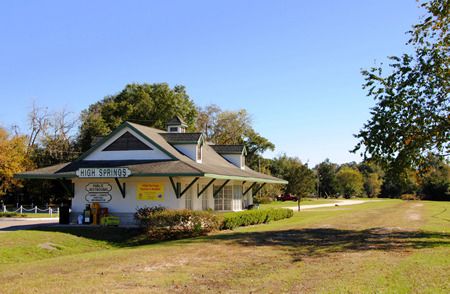
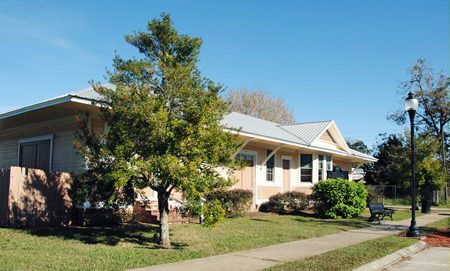
This is the original passenger station. The historical marker in front reads:
While the walk along the former rail line northward to the Santa Fe was an easy walk - with most of the former railroad bed easily trod - today's walk was not as accessible. Immediately south of town (not far past the faux-station), the rail bed becomes quite overgrown. We ended up covered in hitchhiker weeds, and soon moved to SE Railroad Ave, which parallels the old track. We didn't go too far, just about half a mile or so southeast of town to just past Prime Conduit (the factory which was the reason that leg of track had remained open until recently), but even the siding serving the factory has been removed and the area is already completely overgrown. Nonetheless, I of course took photos along our walk:
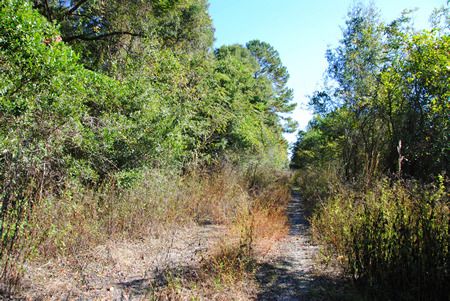
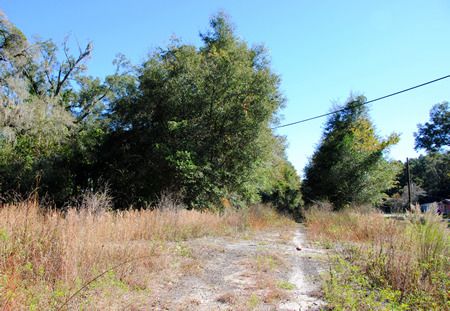
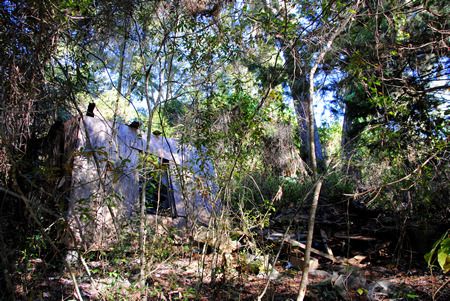
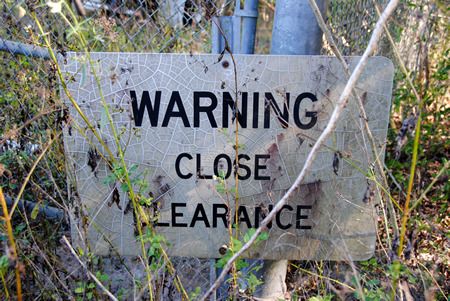
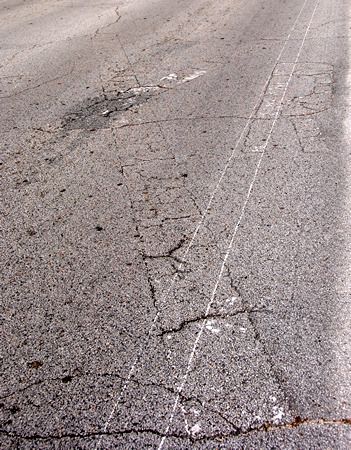
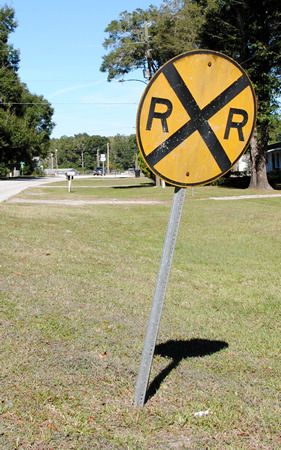
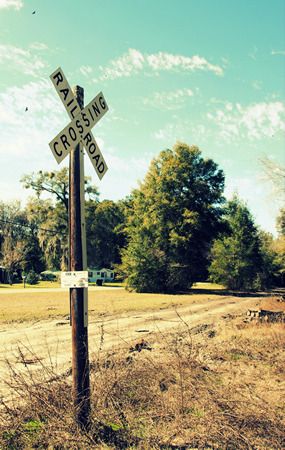

No comments:
Post a Comment